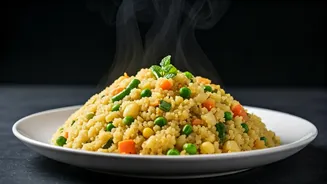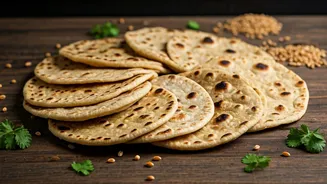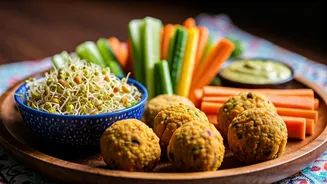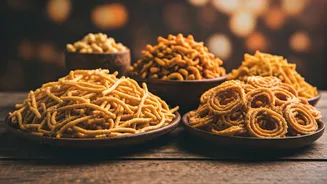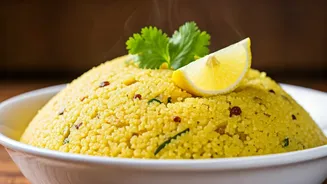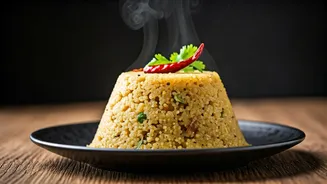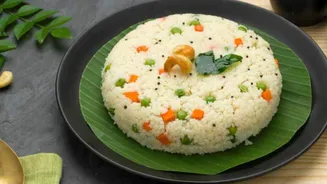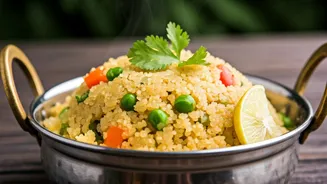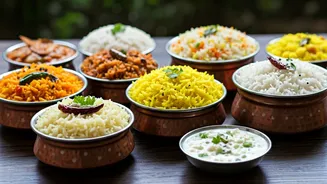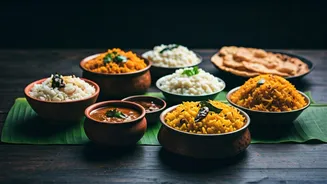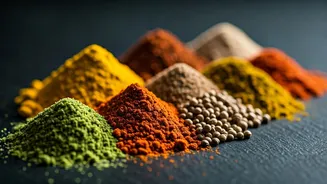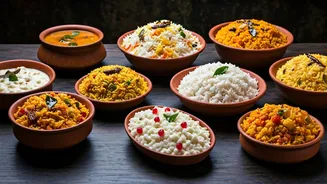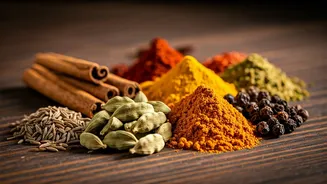Upma: A Global Star
The recognition of upma as one of the world's best porridges is a moment of pride for India. This seemingly simple dish, made primarily from semolina,
vegetables, and spices, has captured the attention of culinary experts worldwide. The award signifies not only the deliciousness of upma but also its cultural importance in India. This recognition highlights the versatility and adaptability of Indian cuisine, showcasing its ability to appeal to a broad range of palates. The fact that a dish so common in Indian households is now celebrated globally underscores the evolving appreciation for diverse culinary traditions and their ability to transcend geographical boundaries. This acknowledgment sets a precedent, further encouraging the celebration of Indian food across the world.
The Making of Upma
Upma, in its most basic form, involves toasting semolina (rava or suji) and then cooking it with water, vegetables, and spices. The process begins with dry roasting the semolina to enhance its flavor. This is followed by tempering mustard seeds, urad dal, and other spices in oil, which adds a distinct aroma and taste. Vegetables like onions, tomatoes, carrots, and peas are often added for texture and nutrition. The toasted semolina is then cooked with the spiced water until it absorbs the liquid and becomes fluffy. Variations exist across different regions and households. Some recipes include adding nuts, such as cashews, for a crunchy element, while others incorporate different vegetables to customize the dish. The simplicity of upma allows for flexibility, making it adaptable to various tastes and dietary preferences. Garnish of fresh coriander leaves often completes the dish, adding a touch of freshness and visual appeal.
Cultural Significance in India
Upma holds a special place in Indian households, often served as a quick and easy breakfast or snack. Its preparation time and nutritional value make it a popular choice for busy mornings. The dish is not confined to one specific region; variations of upma are found across different states, each with its unique flavor profile. For many, upma is more than just a meal; it's associated with childhood memories and family traditions. It's often the first dish people learn to cook, representing a symbol of home and comfort. The simplicity of ingredients and ease of preparation have contributed to its widespread appeal, making it a staple food across generations. It’s also often eaten during religious occasions and festivals, highlighting its cultural significance. The dish’s versatility and adaptability also mean it can be a quick, filling, and healthy option that resonates with people from diverse backgrounds across the nation.
What Makes Upma Special?
Several factors contribute to upma's appeal. The combination of textures—the fluffy semolina, the soft vegetables, and the occasional crunch from nuts—adds interest to the dish. The balance of flavors, from the savory spices to the slight sweetness of the vegetables, creates a harmonious taste profile. Upma is a wholesome meal, rich in carbohydrates and often packed with essential nutrients from the vegetables used. The ability to customize it with preferred vegetables and spices adds to its versatility. Furthermore, upma is relatively quick to prepare, making it a convenient option for those with limited time. Its adaptability to various palates and dietary preferences is another reason for its enduring popularity. All these elements combined have made upma an accessible, delicious, and culturally significant dish, worthy of global acclaim.
